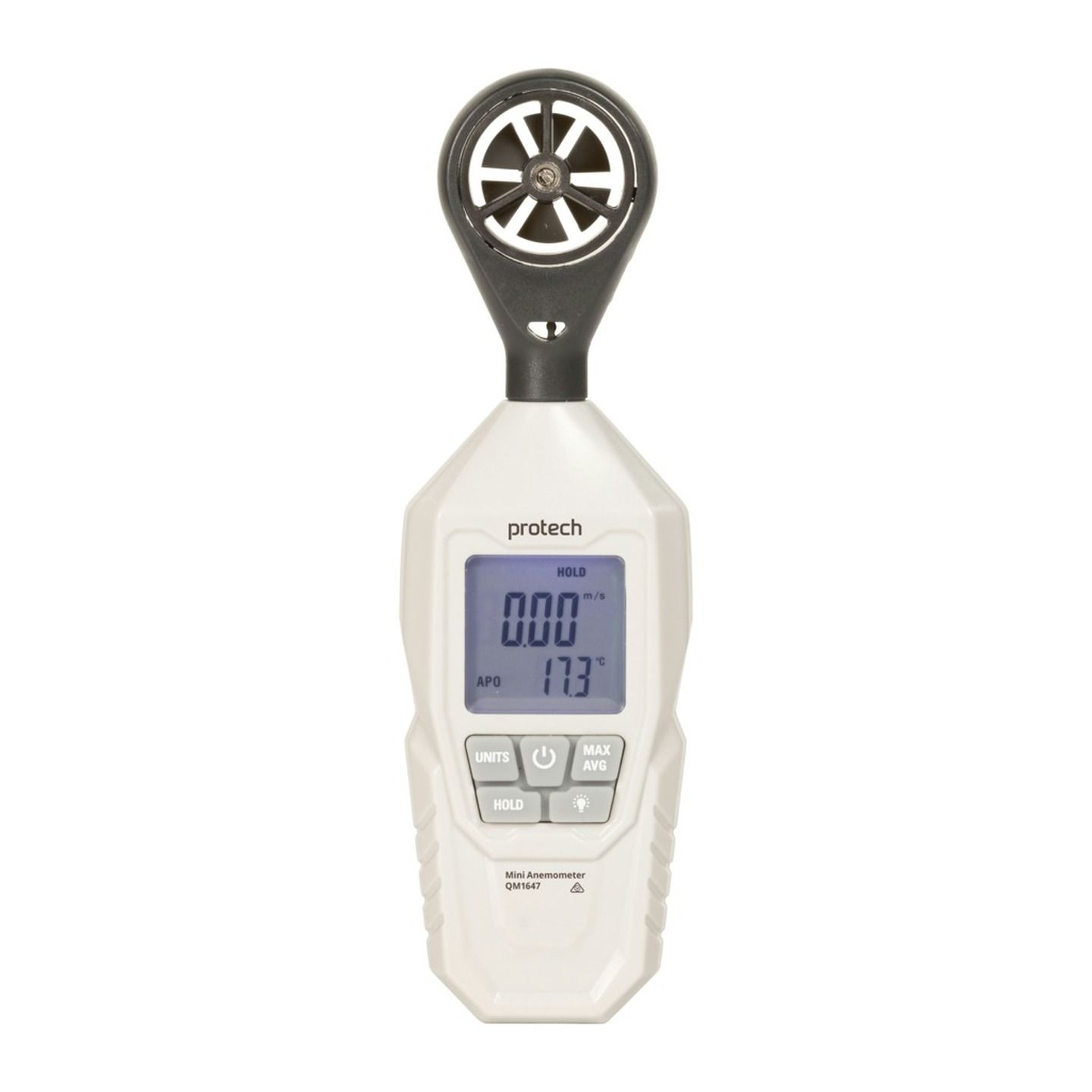Why an Anemometer is Vital for Your Environmental Data Collection
Why an Anemometer is Vital for Your Environmental Data Collection
Blog Article
All You Required to Find Out About Anemometers: Exactly How They Function, Why They Matter, and Where to Utilize Them
Anemometers, though frequently neglected in the realm of clinical instruments, play a crucial role in different areas, providing important understandings right into wind rate and air flow patterns. Comprehending the auto mechanics behind these tools is important for any individual looking for to harness the power of this information. From meteorologists tracking weather condition patterns to designers creating structures with wind lots in mind, the applications of anemometers are diverse and far-reaching. As we dig into the ins and outs of anemometer modern technology, we will uncover the internal workings of these gadgets, their value, and the essential factors to consider when selecting the ideal anemometer for details applications.

Anemometer Fundamentals
A vital tool made use of to determine wind rate and instructions, the anemometer plays an essential duty in weather forecasting and numerous markets. An anemometer normally is composed of 3 or four cups that turn in the wind, a vane that points into the wind, and sensing units to track the rotations or movements.
There are numerous sorts of anemometers offered, including mug anemometers, vane anemometers, hot-wire anemometers, and sonic anemometers, each with its distinct attributes and applications. Mug anemometers are typically made use of for fundamental wind speed measurements, while vane anemometers are preferred for directional measurements. Hot-wire anemometers are appropriate for low airspeeds, and sonic anemometers are suitable for high-precision measurements in study and commercial settings. Comprehending the essentials of anemometers is vital for precise wind data collection and evaluation across various sectors.
Concepts of Anemometer Procedure
Building on the fundamental understanding of anemometer essentials, the concepts of anemometer procedure clarify the technicians behind wind speed and instructions measurements. Anemometers operate on the concept of air movement impacting a sensing unit, triggering it to turn. Cup anemometers, as an example, have 3 or even more cups that catch the wind, causing them to rotate much faster as the wind rate boosts. The rotation rate is then exchanged a wind speed dimension. Vane anemometers, on the various other hand, use a tail or a probe that straightens itself with the wind instructions, supplying a dimension of wind direction based upon the positioning of the sensor. Hot-wire anemometers count on a warmed wire that cools as wind overlooks it, with the price of cooling down identifying the wind speed. More hints Ultrasonic anemometers measure wind rate and instructions by analyzing the time it considers ultrasonic signals to travel between transducers. Recognizing these principles is vital for reputable and accurate wind measurements in numerous applications.
Importance of Anemometers
Anemometers play a vital role in determining wind speed and direction, providing vital get more data for climate forecasting, climate research studies, environmental tracking, and aviation procedures. Meteorologists depend on anemometers to gather accurate wind data, aiding them comprehend climate patterns, forecast tornados, and issue timely warnings to the public. Wind ranch operators make use of anemometers to assess wind problems and take full advantage of electrical power production from wind generators.
Applications Across Various Industries
In the eco-friendly energy industry, anemometers play a crucial role in assessing wind conditions for wind farm placements, guaranteeing optimal power production. Industries like building and construction and mining utilize anemometers to keep track of wind speeds, crucial for security methods, specifically when functioning at heights or in open-pit mines where solid winds can posture risks. In agriculture, anemometers help farmers in managing crop splashing by providing real-time data on wind rate to avoid drift.

Selecting the Right Anemometer for Your Demands
For basic objectives, a mug anemometer is appropriate for gauging wind speed, while a vane anemometer provides wind instructions data. Hot-wire anemometers are optimal for low airspeed dimensions, and ultrasonic anemometers supply high accuracy and toughness.

Final Thought
In final thought, anemometers play a vital function in determining wind speed and instructions across numerous markets. It is vital to take into consideration the value of anemometers in order to make enlightened choices when selecting the most ideal device for determining wind problems.
There are various types of anemometers offered, consisting of cup anemometers, vane anemometers, hot-wire anemometers, and sonic anemometers, each with its special attributes and applications. Mug anemometers are generally utilized for standard wind speed measurements, while vane anemometers are favored for directional dimensions. Hot-wire anemometers are appropriate for low airspeeds, and sonic anemometers are ideal for high-precision measurements in research study and commercial settings.Building on the foundational understanding of anemometer essentials, the concepts of anemometer operation illuminate the auto mechanics behind wind speed and instructions dimensions. For basic objectives, a cup anemometer is appropriate for measuring wind speed, while a vane anemometer gives wind direction data.
Report this page